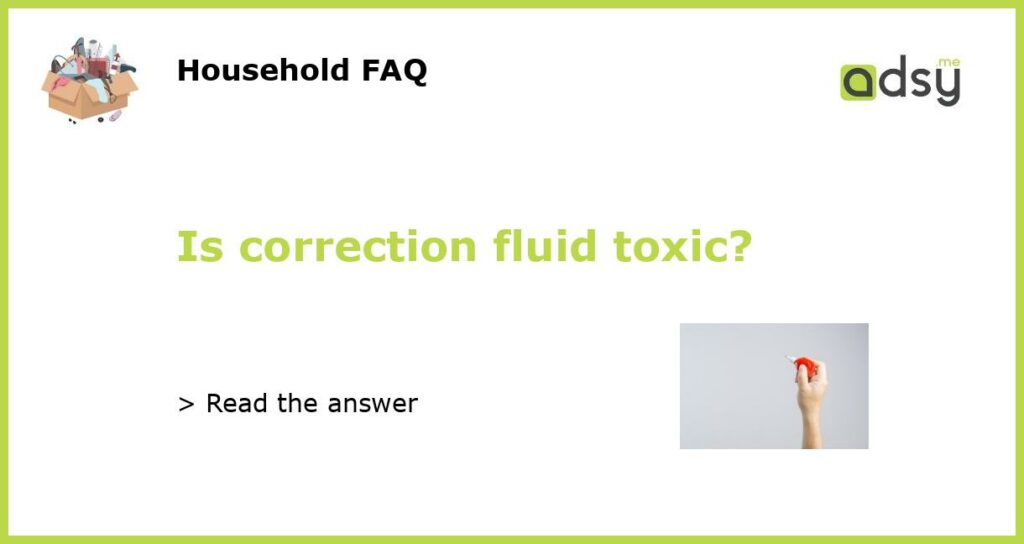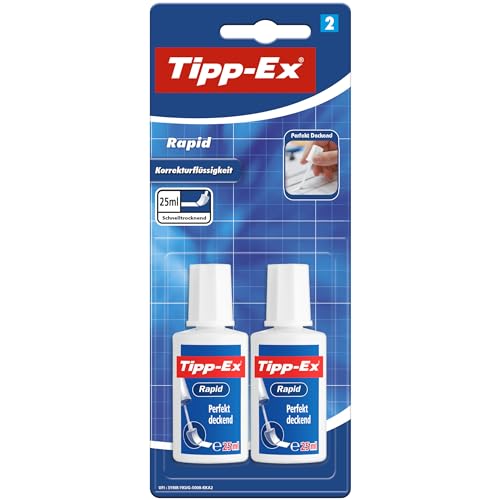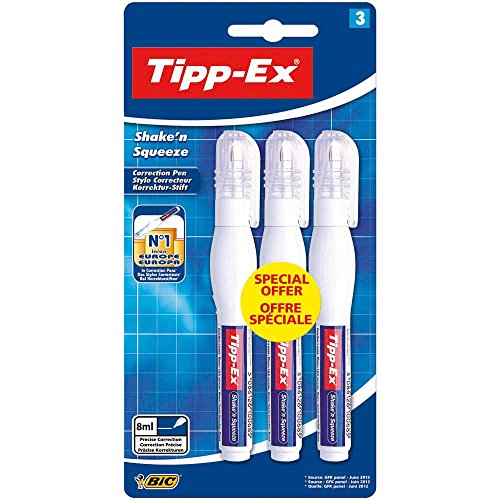What is correction fluid?
Correction fluid is a type of liquid that is used to cover up mistakes made during writing. It is commonly known under the brand name “White-Out,” but there are other brands available as well. Correction fluid is typically made up of a mixture of volatile solvents and a pigment, such as titanium dioxide. It is a common household and office item that is used for correcting errors on paper.
What are the potential health risks of correction fluid?
There have been concerns about the health risks associated with using correction fluid. The solvents in correction fluid can be toxic if inhaled in large amounts. Symptoms of exposure can include headaches, nausea, dizziness, and unconsciousness. The pigments used in correction fluid can also be toxic if ingested. If swallowed, it can cause stomach upset, vomiting, and other more serious health issues. There have been cases of people becoming ill or even dying from ingesting correction fluid by mistake.
How to use correction fluid safely?
To use correction fluid safely, it is recommended to work in a well-ventilated area and avoid inhaling the fumes. If you are using correction fluid for an extended period, consider wearing a mask or other protective equipment. It is also important to keep correction fluid out of reach of children and pets to prevent accidental ingestion. If ingested, seek medical attention immediately.
What are some alternatives to correction fluid?
If you are concerned about the potential health risks associated with correction fluid, there are alternatives available. One option is to use a correction tape, which does not contain solvents or pigments and is safer to use. Another option is to avoid corrections altogether by using a computer or typewriter for important documents.
While correction fluid can be a useful tool for making corrections, it is important to use it safely and be aware of the potential health risks associated with its use. By following some simple precautions and considering alternative options, you can avoid the potential hazards of correction fluid and keep yourself and others safe.






